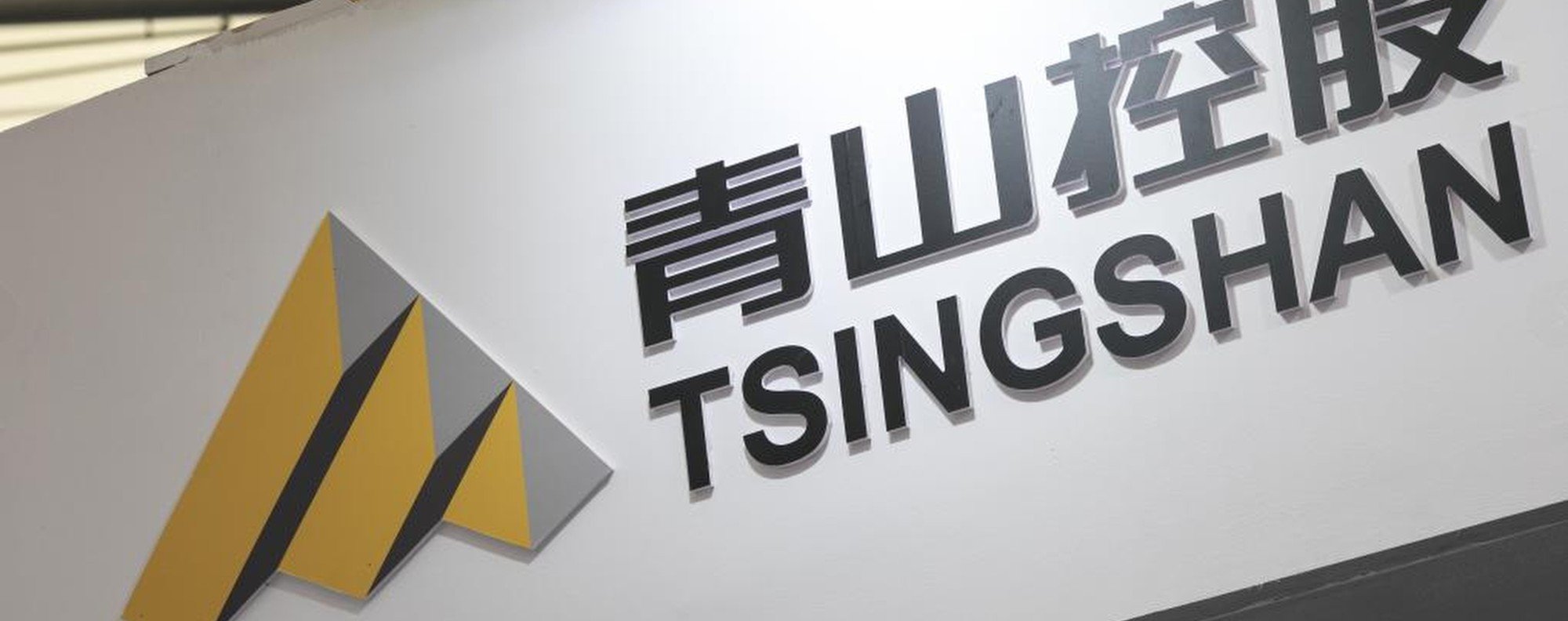How the Russo-Ukrainian War Triggered Nickel Prices To Spike
Key Points
- Understand why nickel’s price has seen such substantial volatility this past month
- How did Tsingshan CEO Xiang Guangda manage to shake up the global commodities market
Background

Xiang was born in 1958 to a working class family in Wenzhou, a coastal city in Southeast China. Xiang’s first job was fixing machinery in a state-owned fishing company. The firm was part of Deng Xiaoping’s “iron rice bowl” program, which guaranteed job security in efforts to maximise Chinese industrial and economic productivity in the 1980s. Later on in the decade, Xiang would quit his job to set up a state-supported shop that manufactured vehicle doors and windows.

In 1992, Xiang made the leap of faith to pivot away from his workshop at the time ito stainless steel manufacturing, inspired by a trip to German carmaker factories (who were beginning to produce their own windows and doors) that convinced him his line of business at the time would be unsustainable. It was during this time he identified the business opportunity to accelerate China’s domestic metal production in order to wane off its dependence on imported stainless steel. After renaming his firm Tsingshan in 1998, the company began to invest heavily in massive nickel reserves in Indonesia (a key material for producing stainless steel). The company’s willingness to commit to mines was unproven at the time but it was a gamble that paid off, as Tsingshan was able to significantly reduce its production costs by paying cut-rate prices on raw materials.
Expansion was vital in Tsingshan’s growth as it expanded production plants to countries such as India and Zimbabwe. Since the 2000s, Tsingshan has grown from a regional nickel company to a major contributor on the world stage, accounting for nearly a quarter of the world’s output in 2021.
The Hedge
Hedging commodities prices is a standard practice in the industrials sector, whether that be hedges against fuel price volatility by airlines, or raw materials companies protecting themselves against a slide in market price of their products. Tsingshan’s actions were no different, when they took up short positions against price of nickel leading up to March 2022. The vital difference that made Tsingshan and Xiang the epicenter of the madness was the size of its short positions, as they took extreme measures to shield company profits against a significant nickel price slide.
The Russian-Ukraine conflict was the tectonic plate shift that caused the earthquake as the commodities market witnessed record-breaking volatility. Russia supplies about 20% of the world’s class 1 nickel (99.8% pure), and the conflict in Ukraine escalated, nickel price shot through the roof, and as result short-position holders attempted to trade out of their positions.

Nickel’s price per ton, which had been trading between $10,000 and $20,000 over the past decade, spiked to an all-time high at 5.42am on March 8th. In the next 15 minutes the situation spiraled out of control as prices passed $100,000 a ton just after 6am. This catastrophic surge led to the LME (London Metal Exchange) suspending and freezing trading for the first time in 30 years – effectively resetting the price to $48,078 (price at Monday close), which angered many traders. The chaos also spread to other markets, with zinc prices spiking 15% in a few minutes to a record high, before collapsing.

Tsingshan is estimated to have lost $2billion on that day alone. CEO Xiang Guangda found relief in LME’s suspension as he managed to negotiate with its banks to backstop his short position and avoid further margin calls.
LME’s decision to cancel billions of dollars of trades drew furious criticism from many traders and investors as the market plunged when it reopened on March 16th and is currently about -63% from the record high, but +53% so far this month.

However, despite price limits being imposed on nickel under the reopened LME, the storm has not passed. Not only does Tsingshan still hold outsized short positions, but many other traders and firms within the sector are suffering similar fates as a result of their hedges. The total risk-reducing short positions held by commercial parties stood at 74,166 contracts at the end of last week as the market remain susceptible to additional short squeezes like those seen earlier in March.
Nickel also rose to its maximum limit on the Shanghai Futures Exchange, despite a negative short-term demand outlook as a result of the worsening COVID-19 situation in China resulting in significant restrictions being put back in place.
Disclaimer: Our content is intended to be used solely for informational and educational purposes, and not as investment advice. Always do your research and consider your personal circumstances before making investment decisions. ChineseAlpha is not liable for any losses that may arise from relying on information provided.
Source chinesealpha





